Understanding the nuances of **darts terms: ‘throwing line’ vs ‘oche’** is crucial for any player, regardless of skill level, as they define the legal throwing distance in the game. While often used interchangeably, there’s a subtle distinction: the **oche** is the physical raised area or line, while the **throwing line** refers to the imaginary line projected from the oche that players must stand behind; this article clarifies the differences and explores related aspects of dartboard setup and regulations.
⚠️ Still Using Pen & Paper (or a Chalkboard)?! ⚠️
Step into the future! The Dart Counter App handles all the scoring, suggests checkouts, and tracks your stats automatically. It's easier than you think!
Try the Smart Dart Counter App FREE!Ready for an upgrade? Click above!
Deciphering Darts Terms: ‘Throwing Line’ vs ‘Oche’
Let’s delve deeper into the meanings of these two fundamental **darts terms: ‘throwing line’ vs ‘oche’**. While both relate to the distance from which a player throws, they’re not exactly the same thing. The **oche** (pronounced “ok-key”) is the physical barrier or raised section on the floor that marks the official throwing distance. The **throwing line**, on the other hand, is the imaginary line extending outwards from the oche. Players must stand behind this imaginary line when throwing.
Think of it this way: the **oche** is the tangible object, while the **throwing line** is the invisible boundary it creates. Some players prefer to stand right up against the oche, while others might prefer to stand slightly further back, as long as they remain behind the throwing line. This distinction is especially important in competitive settings to avoid any disputes regarding legal throwing positions. For more information on dart basics, read Basic Darts Fundamentals for Beginners.
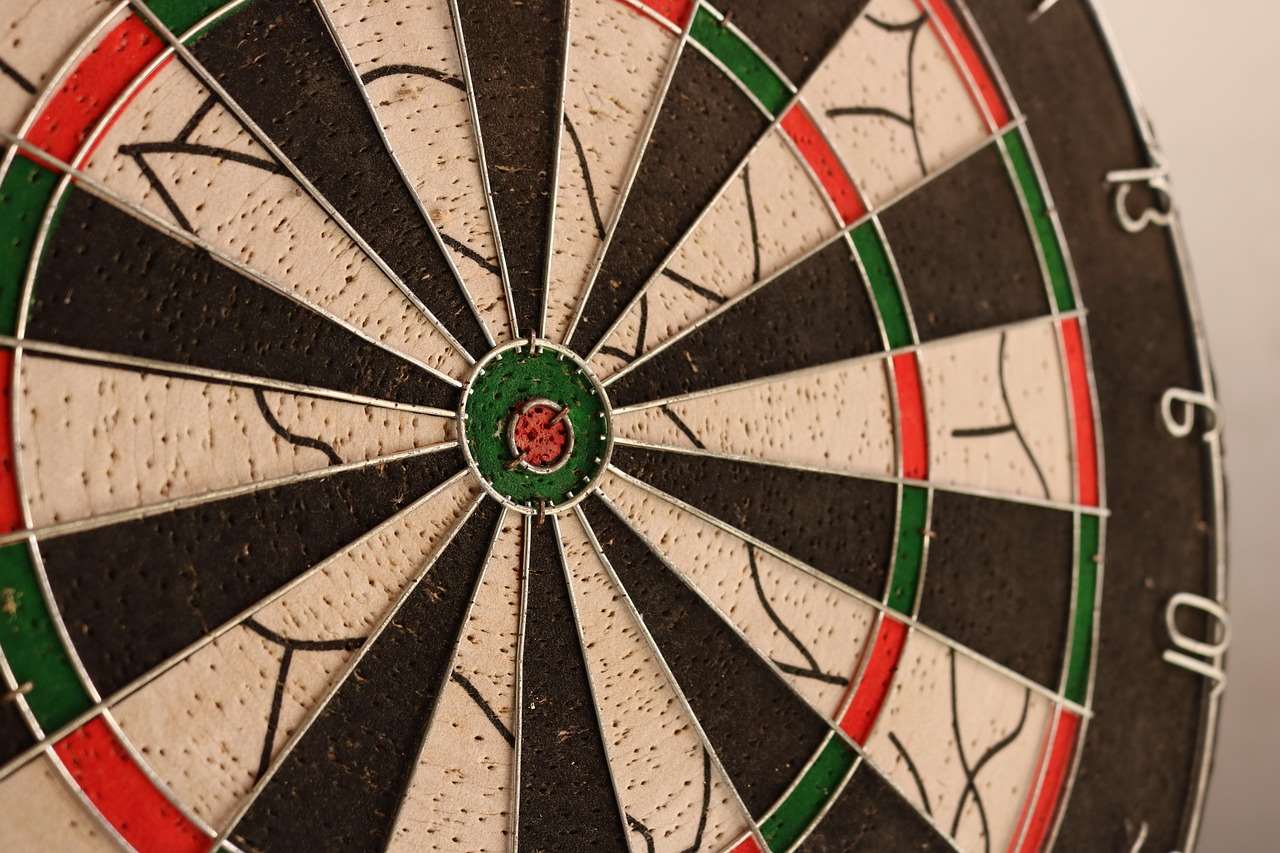
The Importance of Accurate Measurement: Darts Regulations
Adhering to the standard measurements for both the **oche** and the dartboard itself is critical for fair play and consistency. Official regulations, typically set by organizations like the Professional Darts Corporation (PDC) and the World Darts Federation (WDF), specify these dimensions precisely. Getting the **dartboard height** and the **throwing distance** incorrect can significantly impact a player’s performance and the overall integrity of the game.
Here’s a breakdown of the key measurements:
- Dartboard Height: The center of the bullseye should be 5 feet 8 inches (1.73 meters) from the floor.
- Throwing Distance (Oche): The distance from the face of the dartboard to the throwing line (oche) should be 7 feet 9 1/4 inches (2.37 meters).
It’s essential to use a reliable measuring tape to ensure these measurements are accurate. Even slight discrepancies can alter the trajectory of the darts and affect a player’s accuracy. In addition to accurate measurement, consider Adapting darts rules for small spaces: tips and tricks.
Creating a Functional Oche: Materials and Construction
The **oche** doesn’t have to be a complex or expensive piece of equipment. Many players create their own using readily available materials. Here are some common options:
- Wooden Plank: A simple wooden plank, painted or covered with carpet, provides a solid and stable oche.
- Metal Bar: A metal bar, securely fixed to the floor, offers a durable and professional-looking option.
- Tape or Marker: In casual settings, a line of tape or a marker line on the floor can serve as a temporary oche. While not as visually distinct, it fulfills the basic requirement of marking the throwing line.
Regardless of the material used, the **oche** should be securely fixed to the floor to prevent movement during play. It’s also important to ensure that the oche is wide enough to comfortably accommodate the player’s stance. A good width is typically between 18 and 24 inches.
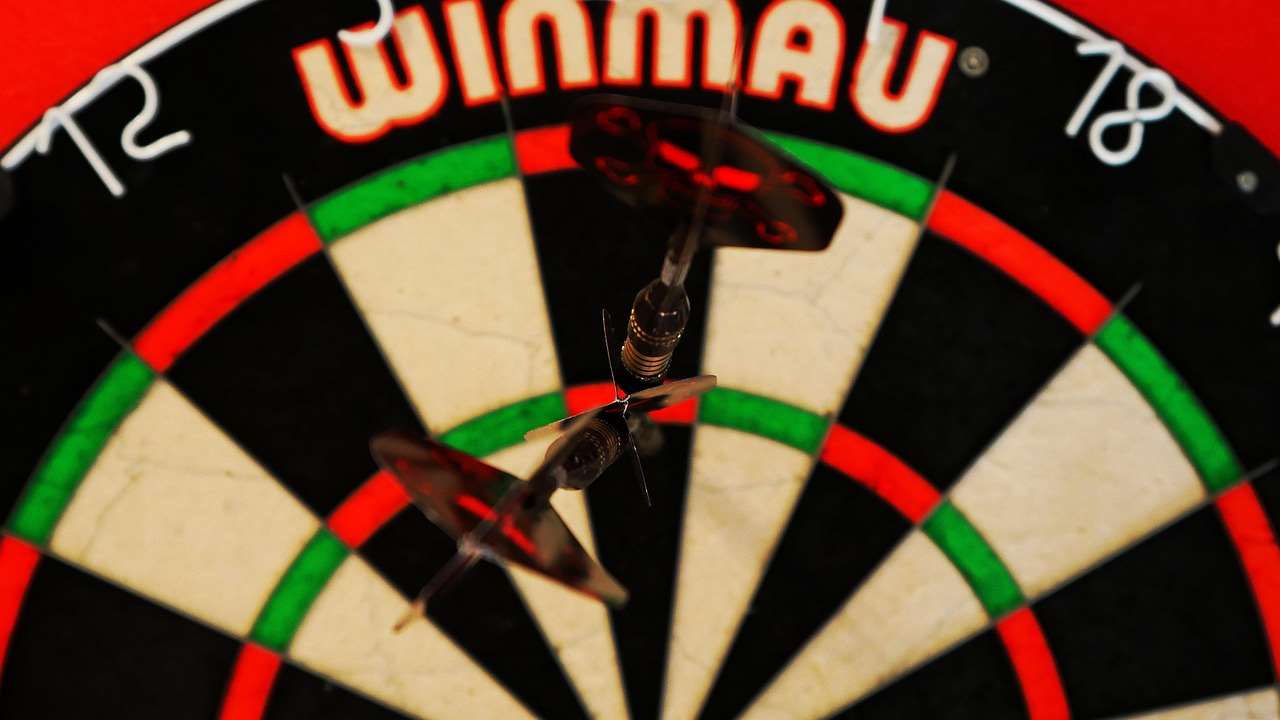
Common Mistakes Regarding the Throwing Line and Oche
Even experienced dart players can sometimes make mistakes related to the **throwing line** and the **oche**. Here are some common errors to watch out for:
- Stepping Over the Throwing Line: This is a frequent mistake, especially when players get excited during a close game. Remember that no part of your foot should cross the throwing line while releasing the dart.
- Incorrect Measurement: Using an inaccurate measuring tool or failing to double-check the measurements can lead to an incorrect throwing distance.
- Unstable Oche: If the oche is not securely fixed to the floor, it can move during play, leading to inconsistent throwing distances.
- Ignoring the Sideways Extension of the Throwing Line: The throwing line isn’t just a single point; it extends sideways. Players must remain behind the line within a reasonable width to be considered legal.
Being mindful of these potential pitfalls can help you avoid unnecessary penalties and ensure a fair and enjoyable game. When modifying the game, keep in mind Fun dart game variations with modified rules.
Improving Your Stance and Throwing Technique
Your stance and throwing technique play a crucial role in your accuracy and consistency. The **oche**, and adherence to the **throwing line**, directly impact this. Experiment with different stances to find what works best for you. Some players prefer a side-on stance, while others prefer a more front-facing approach.
Here are some tips for improving your stance and technique:
- Maintain a Consistent Stance: Once you find a stance that feels comfortable and stable, stick with it. Avoid making unnecessary adjustments during your throw.
- Keep Your Head Still: Focus your eyes on the target and keep your head as still as possible throughout the throwing motion.
- Follow Through: After releasing the dart, follow through with your arm and hand. This helps to ensure a smooth and consistent release.
- Practice Regularly: The more you practice, the more comfortable and confident you will become with your stance and technique.
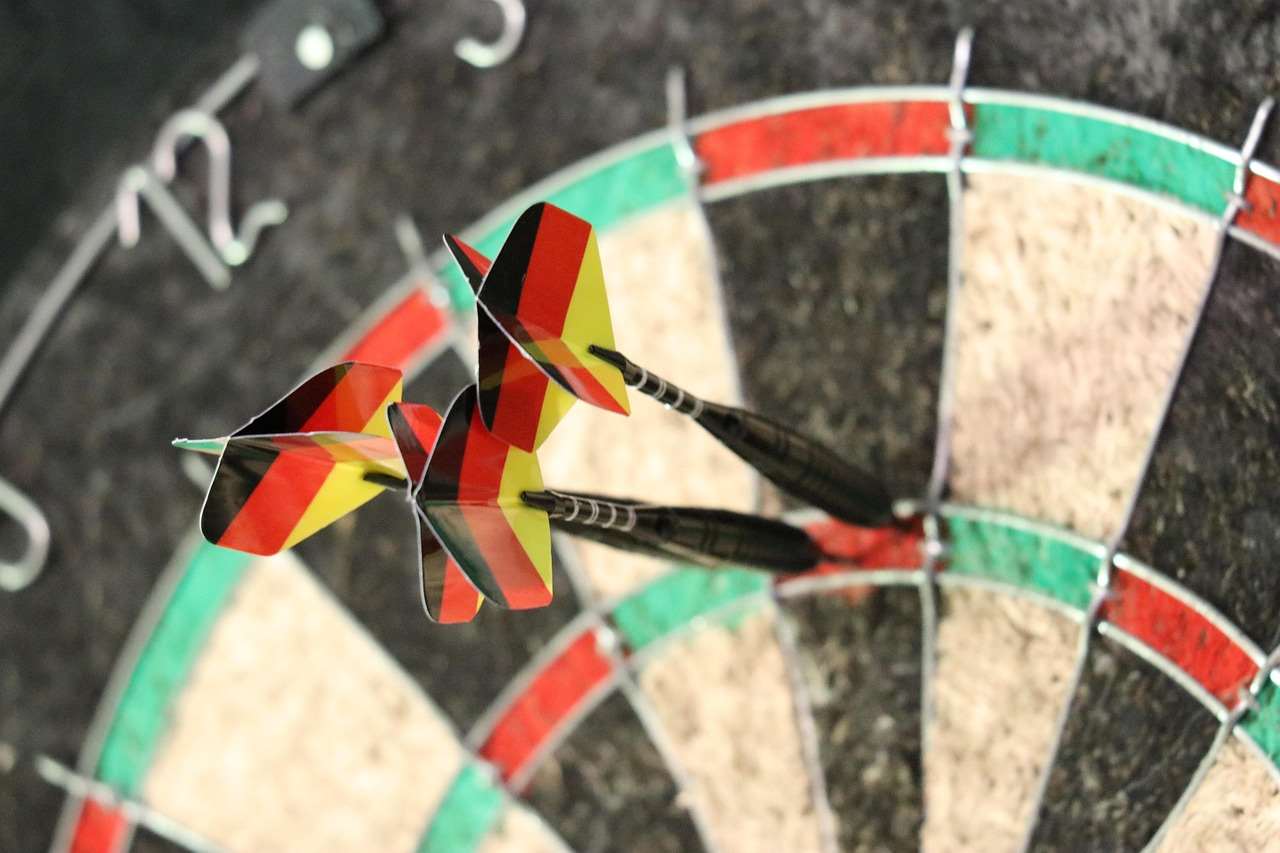
The Oche in Different Darts Games
While the standard measurements for the **throwing line** (determined by the **oche**) remain consistent across most darts games, certain variations might introduce slight modifications. For example, some pub games or casual variations might use a slightly shorter throwing distance to make the game more accessible to beginners or children. Adapting dart game rules for children is a common adjustment made to ensure younger players can enjoy the game.
It’s always a good idea to clarify the specific rules and measurements before starting a game, especially if you’re playing with unfamiliar players or in a non-standard setting. Clear communication can prevent misunderstandings and ensure a fair and enjoyable experience for everyone involved.
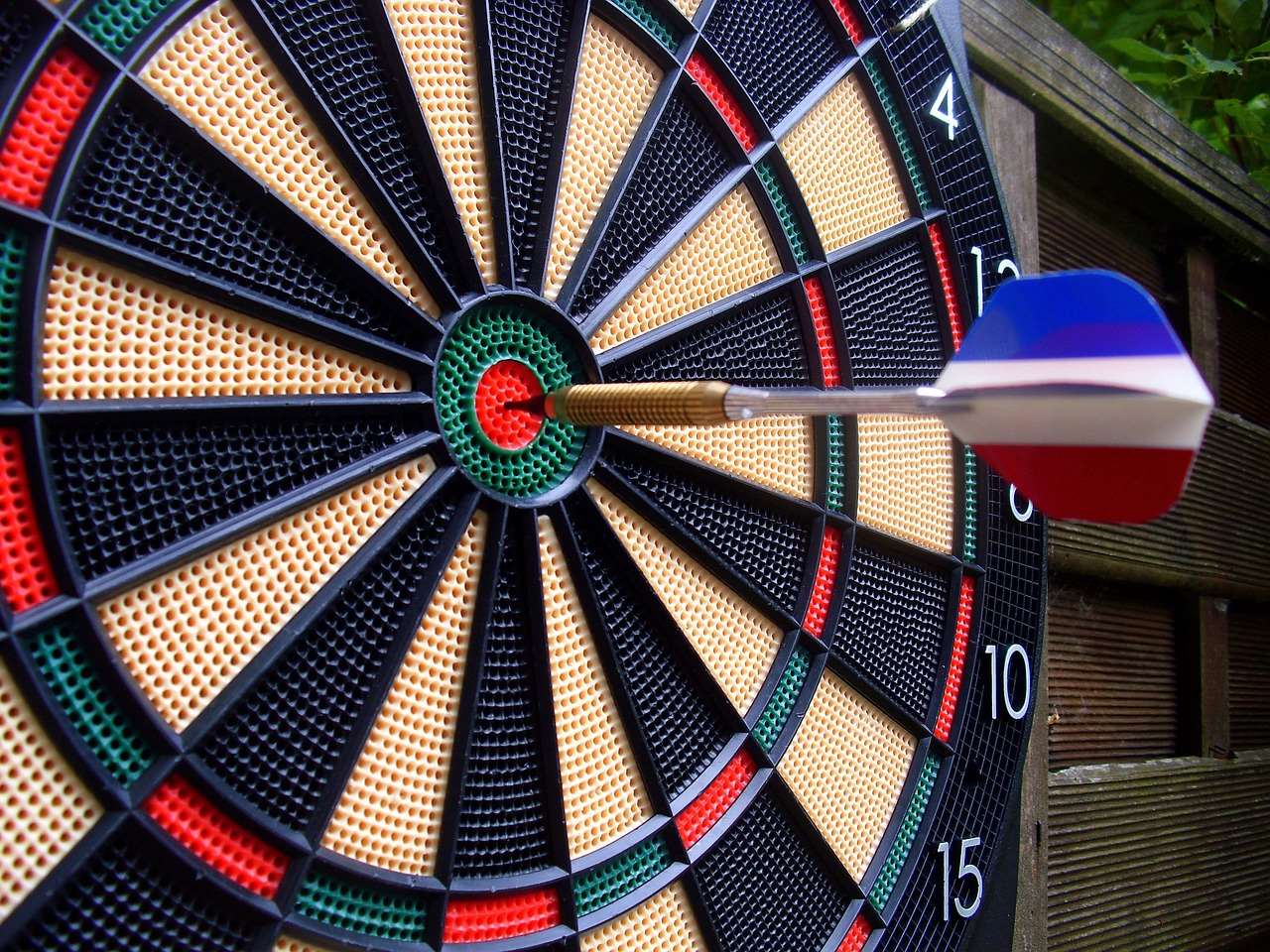
Advanced Oche Strategies: Mental Game and Positioning
Beyond the basic rules and measurements, the **oche** also plays a role in the mental aspect of the game. Some players use their position relative to the **throwing line** to gain a psychological advantage over their opponents. For example, a player might intentionally stand slightly to the left or right of center to create a different angle of approach to the dartboard. This subtle adjustment can sometimes disrupt an opponent’s rhythm or focus.
Furthermore, experienced players often use their position at the oche to visualize their throws and mentally prepare for each shot. They might take a few practice swings or close their eyes to focus on the target before releasing the dart. The oche becomes a familiar and comforting space, a point of reference for their mental and physical preparation.
Maintaining Your Oche for Optimal Performance
Proper maintenance of your **oche** is essential for ensuring consistent and accurate play. Over time, the oche can become worn or damaged, which can affect its stability and accuracy. Here are some tips for maintaining your oche:
- Regular Cleaning: Keep the oche clean and free of debris. Dust, dirt, and other particles can accumulate on the surface and affect your footing.
- Secure Fastening: Ensure that the oche is securely fastened to the floor. If it starts to wobble or move, re-tighten the screws or bolts.
- Surface Condition: If the surface of the oche becomes worn or damaged, consider replacing it or resurfacing it. A smooth and even surface will provide a more stable and consistent throwing platform.
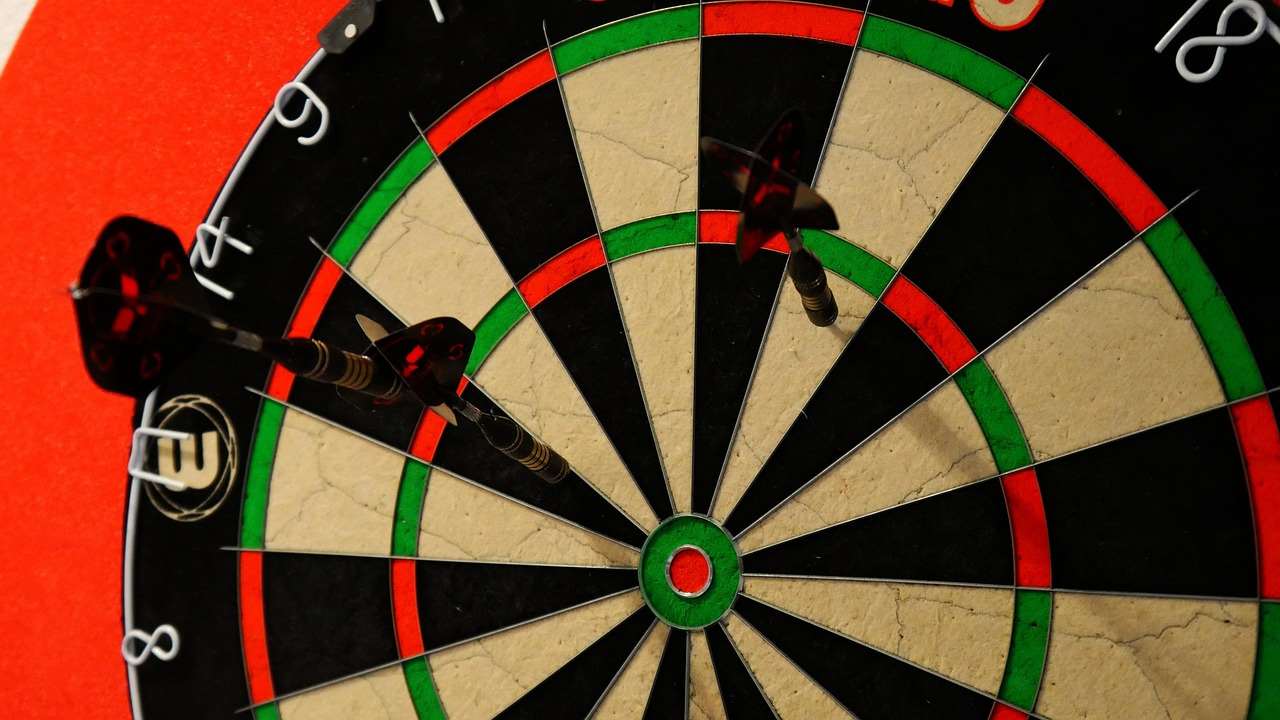
By taking care of your oche, you can ensure that it remains a reliable and accurate part of your dart setup for years to come.
Conclusion: Mastering the Throwing Line and Oche
In conclusion, while the **darts terms: ‘throwing line’ vs ‘oche’** are often used synonymously, understanding the subtle distinction is important for any dart player. The **oche** is the physical marker on the floor, while the **throwing line** is the imaginary line it projects. Accurate measurement, proper construction, and consistent maintenance are key to ensuring fair play and optimal performance. Now that you’ve clarified the intricacies of these terms, why not put your knowledge to the test and challenge a friend to a game of darts? Visit your local darts supplier or explore online retailers to find the perfect dartboard and oche setup for your needs, and get ready to elevate your game!
Hi, I’m Dieter, and I created Dartcounter (Dartcounterapp.com). My motivation wasn’t being a darts expert – quite the opposite! When I first started playing, I loved the game but found keeping accurate scores and tracking stats difficult and distracting.
I figured I couldn’t be the only one struggling with this. So, I decided to build a solution: an easy-to-use application that everyone, no matter their experience level, could use to manage scoring effortlessly.
My goal for Dartcounter was simple: let the app handle the numbers – the scoring, the averages, the stats, even checkout suggestions – so players could focus purely on their throw and enjoying the game. It began as a way to solve my own beginner’s problem, and I’m thrilled it has grown into a helpful tool for the wider darts community.